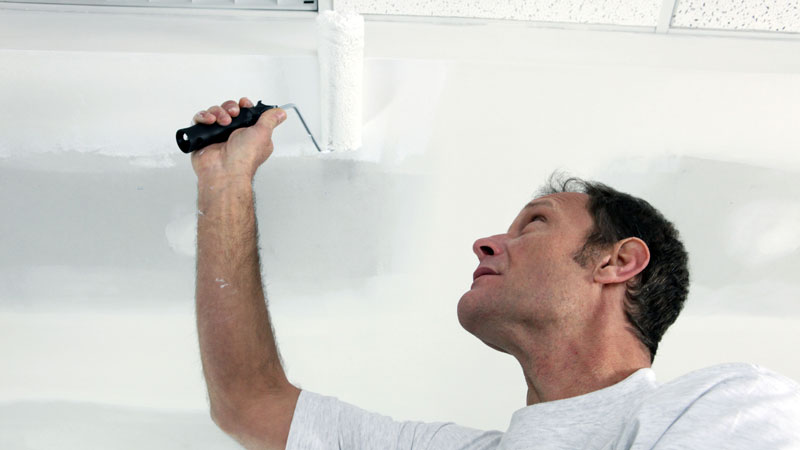Large firms and companies usually have an annual office maintenance program that incorporates re-roofing and renovation of sections of their buildings. The greatest problem with having such construction done is that it creates a hazardous environment that is unsafe for the employees.
The best way to minimize hazard and contamination that results from the renovations is to seek the services of an interior protection contractor whose lone function is to formulate and enact a system that not only, keeps the debris and dust of the construction related project from contaminating an area that the customer wants kept clean, but also allows the continuation of work by eliminating all safety threats. This article will focus on the importance of a temporary construction wall barrier and the role it plays in an interior protection install.
How is the debris and dust contained?
An interior protection install has various components that act as a temporary barrier between the construction area and the clean room. These barriers are constructed of material that blocks dust, debris, and unwanted odors. It also separates the construction workers and the office employees thereby creating a work area that is both safe and free from distractions for both the parties.
What makes an interior protection system?
A general interior protection install has about 4 essential components to it.
1 – Suspended ceilings: These are tough plastic sheets that are hung below the ceiling and are generally called temporary ceilings; it is quintessential to an effective install and can be considered the foundation/base on which all systems for protection against debris from reroofing projects are built. They are usually put up before the construction begins and remain in place throughout the project, and are only taken down once the construction is all but over thereby providing a work area that will remain undisturbed.
It protects the machinery, employees and processes taking place in the area from all sorts of contamination.
2 – Wall barriers: They play an important role in separating a construction project that produces dust, debris, and/or odor from the working area. Temporary Construction Wall Barriers involve installing the poly engineered film floor to ceiling creating a frameless wall – a protective envelope separating the workplace from the work zone – limiting the infiltration of dust and debris. A temporary construction wall has numerous applications, including: scarifying and re-flooring projects, concrete cutting, remodeling, and installation of new equipment, tenant improvements, restoration, and reparation.
3 – Custom applications: Every re-roofing or remodeling project has distinct challenges. Equally, no two temporary interior protection installs are alike. In the course of interior protection numerous situations may arise which require custom applications such as zipper doors, curtain walls, and suspended netting. A good contractor will be able to plan a system that will cater for your every need.
4 – High structure cleaning: This is the process by which all the dust and debris is cleaned away. High Structure Cleaning is usually carried out before/during takedown of the suspended ceiling, the cleaning is mostly done using hand brooms, brushes, HEPA vacuums and other tools to clean and remove non-adhered dust and debris. If it weren’t carried out the debris would rain down from all the places it had gotten collected during the construction, when the temporary ceiling is removed.
It is essential that you employ a contractor who knows his trade well and is willing to fit a system into your exact needs. I’ve had a pleasant experience with CleanWrap contractors and would therefore recommend them to you.
Keep in mind, that the safety of your employees always comes first.
View the original article and our Inspiration here


Leave a Reply